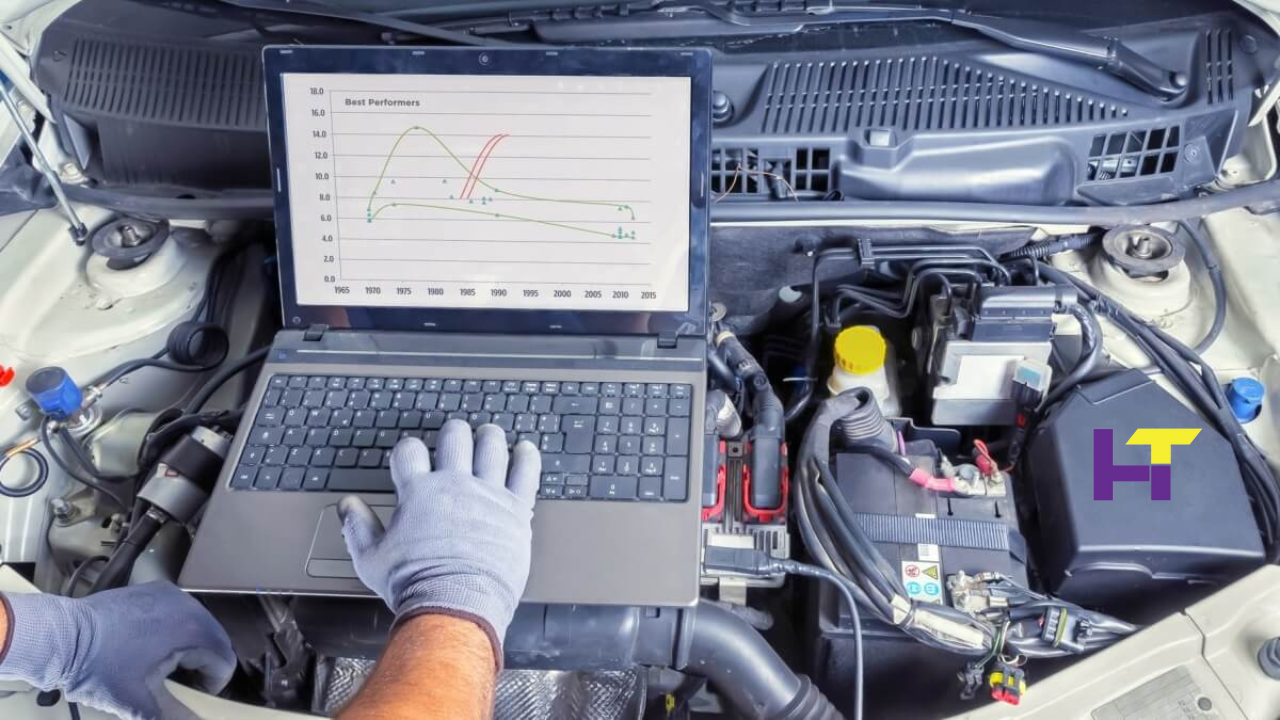The Beginner’s Guide to Automotive Tuning Software: What You Need to Know

Automotive tuning software represents a pivotal development in car performance enhancement, allowing amateur enthusiasts and seasoned professionals to unlock the potential of their vehicles like never before. This beginner’s guide aims to demystify the concept of automotive tuning software, providing a comprehensive overview of what it is, how it works, and why it’s become an essential tool for those looking to enhance their vehicle’s performance, fuel efficiency, and overall driving experience.
Understanding Automotive Tuning Software
At its core, automotive tuning software is a specialized tool designed to reprogram a vehicle’s Electronic Control Unit (ECU). The ECU is the car’s brain, responsible for controlling various engine operation aspects, including fuel injection, ignition timing, and air-to-fuel ratios. By adjusting these parameters, tuning software can significantly impact a vehicle’s performance, fuel efficiency, and emissions.
The Basics: How Does Tuning Software Work?
It tunes software interfaces with the vehicle’s ECU through its On-Board Diagnostics (OBD) port, a standard feature in cars manufactured post-1996. Once connected, the software reads the current ECU mappings – the preset parameters defined by the manufacturer. These mappings can then be adjusted or completely rewritten with new parameters that optimize the vehicle’s performance according to the user’s requirements.
Why Use Automotive Tuning Software?
- Performance Enhancement: One of the primary reasons for utilizing tuning software is to increase a vehicle’s horsepower and torque, improving acceleration and top speed. This is achieved by optimizing the engine’s air/fuel ratio, adjusting ignition timing, and increasing boost pressure in turbocharged engines.
- Fuel Economy: Tuning software can also improve fuel efficiency by fine-tuning the engine’s operation to consume less fuel, which is particularly useful for long-distance drivers looking to reduce fuel costs.
- Customization: Every driver and vehicle is unique, and tuning software allows vehicle behavior customization to suit individual preferences. Whether it’s smoother acceleration, sharper throttle response, or a more aggressive power delivery, tuning software can tailor the driving experience to the user’s liking.
- Emissions Control: In some cases, tuning software can help manage and reduce emissions by ensuring the engine runs more efficiently, assisting vehicles to meet stringent emissions standards.
Getting Started with Automotive Tuning Software
1. Research: Before diving into the world of automotive tuning, it’s crucial to understand the specific needs of your vehicle and what you hope to achieve through tuning. This involves researching the best software options available for your car’s make and model and understanding the basics of engine operation and ECU functionality.
2. Choosing the Right Software: There is a myriad of automotive tuning software available in the market, each with its own set of features, compatibility, and ease of use. Some popular options include Cobb Tuning, ECUTEK, and HP Tuners. Selecting software that supports your vehicle and fits your tuning goals is essential.
3. Safety and Legal Considerations: Modifying your vehicle’s ECU comes with risks, including potential impacts on engine longevity and vehicle warranty. Moreover, certain modifications may not be legal in your region, particularly those affecting emissions. It’s essential to conduct thorough research and consult professionals, if necessary, to ensure that your tuning activities are safe and compliant with local laws.
4. Learning and Experimentation: Automotive tuning is as much an art as a science. Beginners should approach the process with a willingness to learn and experiment. Many tuning software packages offer preset maps for common modifications, which can be a good starting point for novices. However, achieving optimal results often requires fine-tuning and sometimes a bit of trial and error.
5. Community and Support: The automotive tuning community is vast and generally very supportive. Online forums, social media groups, and local car clubs can provide invaluable advice, troubleshooting, and learning resources. Many software providers offer technical support and documentation to help users get the most out of their products.
READ MORE
Conclusion
Automotive tuning software opens up possibilities for enhancing vehicle performance, efficiency, and customization. While reprogramming your car’s ECU might seem daunting initially, the process is more accessible than ever, thanks to user-friendly software options and a supportive community of enthusiasts. By starting with a clear goal, choosing the right tools, and approaching the process with an eagerness to learn, even beginners can unlock the full potential of their vehicles through the power of tuning software. Remember, the journey into automotive tuning is a marathon, not a sprint; take your time to understand the intricacies of your vehicle and the software, and you’ll be rewarded with a driving experience tailored perfectly to your preferences and needs.


